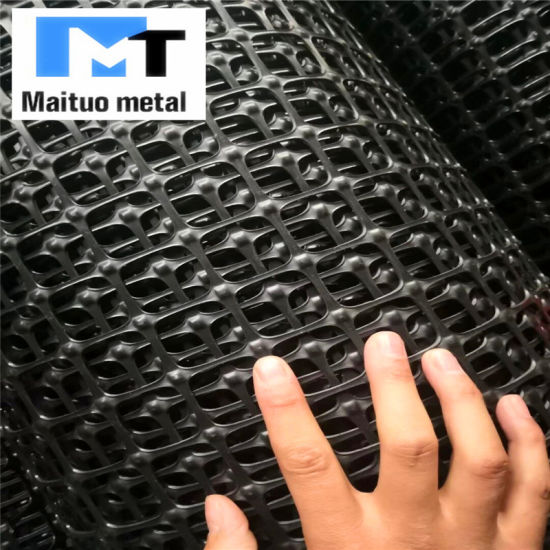Birds are a beautiful and integral part of a healthy garden, though they can sometimes pose a problem for your berry harvest. To protect your precious crops, try building a teepee-style frame for bird nets. Many indigenous peoples lived in these structures because of their flexibility and durability, and we can apply these principles to the garden.
Teepee bird nets consist of three or more poles lashed together at the top that can be stood over your plants and wrapped in a bird netting. They are simple, fast, portable, cheap, and can be quickly put up after pollination and taken down once the crops are harvested. Farm Boundary Fencing

Our bushes are situated around the garden to enhance biodiversity and beautify the space, so building a large cage over them was impossible (not to mention unsightly and expensive). We wanted a cage over each bush that was practical while still adding to the overall aesthetics.
Here are the advantages of a teepee bird net:
You can use anything you want for your teepee poles. Make sure they are long enough to stand over your plants (see below to figure out the size of your teepee), and stiff enough so they will not bend while supporting the net.
You don’t want the posts to be too heavy or they will be difficult (and dangerous) to manage, but the teepee is more likely to blow over if they are too light.
We made ours from pine trees about 3m (10 feet) long and 5cm to 7cm (2-3 inches) thick at the bottom.
How Many Poles: You will probably need between three and six poles for the teepee. We used three for the original structure, but you can always add more once it is standing if you need more stability. It is especially important to use more poles if the teepee is larger and could cause injury or property damage if it fell. Also, extra poles will keep it standing in a strong wind.
You will use the rope to tie the poles together, lash on extra poles if needed for support, and tie the top of the netting onto the frame. Natural ropes, such as manilla or hemp often grip the poles better than artificial ropes, but man-made materials (such as nylon or polyester) will often work just fine. Make sure that the rope has enough strength so that it will not snap, especially if the poles are heavy.
We used old portable electric fence wire (polywire), which worked very well.
Most bird netting that is available is not appropriate to use in the garden or anywhere else. The holes are too large, and the birds will easily get tangled in the flimsy fabric. Tangled birds will quickly die or become too injured to recover.
If you can put your finger through the holes in the net, DO NOT use it.
Here are a few suggestions for bird-friendly netting to use on your teepees:
When building your teepee, you first need to determine how big it has to be to sufficiently cover your plants. Some factors to consider when planning the size of your teepee are:
Below are some tips on how to figure out what size your teepee needs to be.
As an example, we will pretend we are covering an average-sized currant bush that is 1m to 2m (3–6ft) tall and wide.
The length of the poles will depend on the size of the plants you need to cover. In our example of the currant bush, the tip of the teepee needs to be at least 6 feet high, and the legs spread so the base of the teepee is 10 feet across to accommodate the branches. In this case, you will need poles that are roughly 8 feet long.
For all the math nerds out there in the garden (myself included), you would use the equation:
Slant height (length of poles from the ground to where they converge) =
√ (radius² + height²)
Make the poles slightly longer than they need to be so there will be some pole above where they are tied for extra stability. If the poles need to be 8 feet to make the right size teepee, cut the poles at 10 feet and lash them together two feet from the tip.
For most teepees, such as the one in our example with the currant bush, you will need about 4m (13 feet). This will probably be more than you need, but having extra rope is better than running out. When you have tied the poles together and stood up the teepee, you want to have enough rope left that it hangs down to the ground.
The net needs to wrap around the entire teepee, plus a little bit extra so the sides overlap, and there are no gaps for birds to slip through. This means the netting needs to be the length of the entire distance around the base of all the poles. In our example above, the base of the teepee is about 10 feet across, so you will need a roughly 30 feet (10m) long net.

Window Screen Since the base of the teepee is a lot bigger than the top, there will be a lot of extra netting. This excess can be bundled together and tied tightly at the top. This keeps the net in good shape so it can be used somewhere else when it is not needed around the teepee.